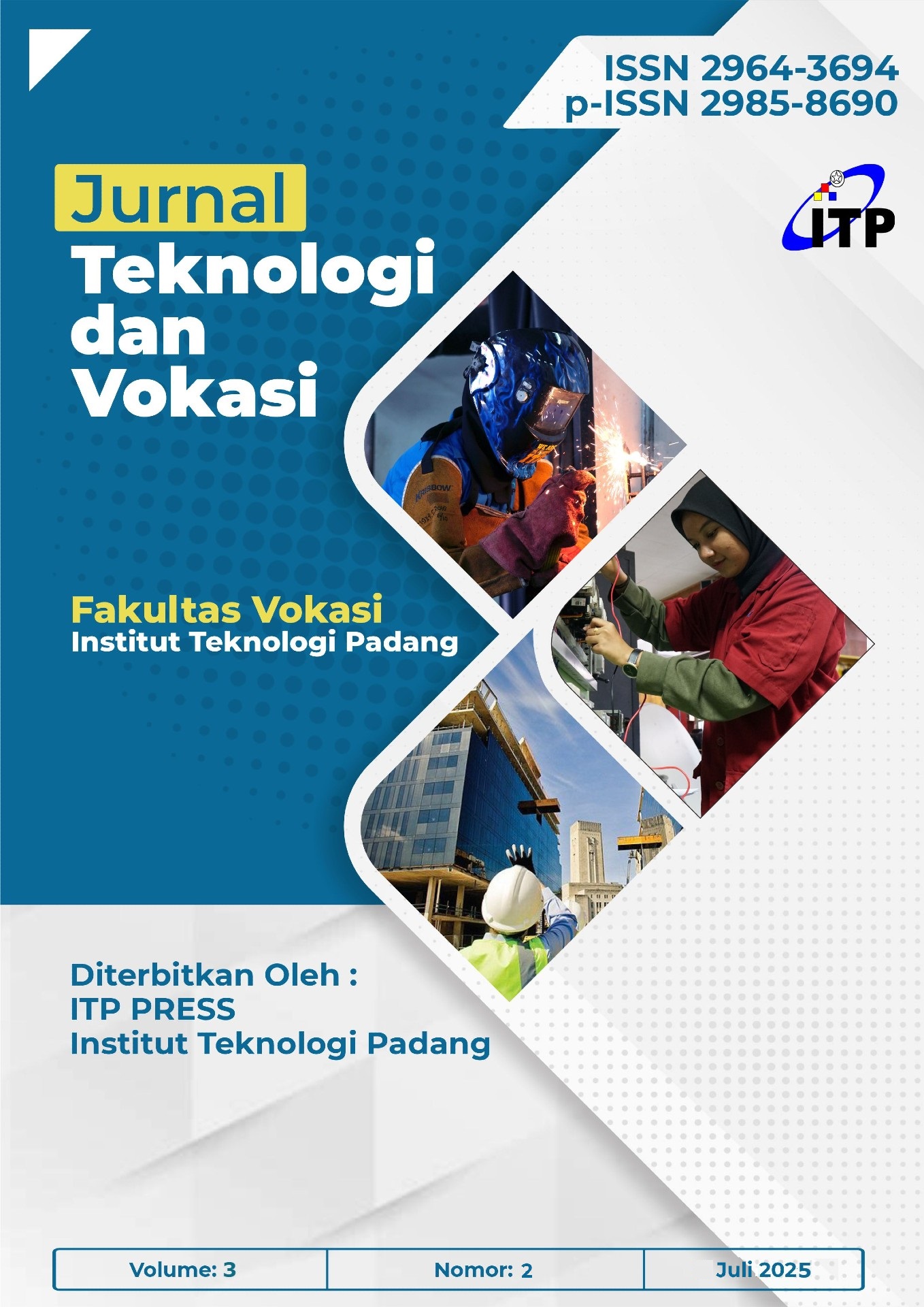THE EFFECT OF ALTITUDE AND SPEED OF QUADCOPTER DRONES ON THE ACCURACY OF WEATHER DATA MEASUREMENTS BASED ON ANEMOMETER SENSORS
DOI:
https://doi.org/10.21063/jtv.2025.3.2.136-140Abstract
The use of drones as a weather monitoring system has seen significant progress, particularly in reaching difficult-to-access areas and collecting real-time atmospheric data. This study aims to analyze the effect of variations in drone altitude and flight speed on the accuracy of weather parameter measurements, such as temperature and wind speed, using an anemometer sensor. The experiment was conducted in an area located approximately 1,800 meters above sea level, by flying a quadcopter drone at altitudes of 50 m, 100 m, and 150 m above ground level. The results show that variations in flight speed affect the stability of wind measurements, while temperature shows high stability at various altitudes. This study confirms the potential of using UAVs to support direct weather observation systems as part of efficient disaster mitigation.
Downloads
Downloads
Published
Issue
Section
License
Copyright (c) 2025 ITP Press

This work is licensed under a Creative Commons Attribution-ShareAlike 4.0 International License.











